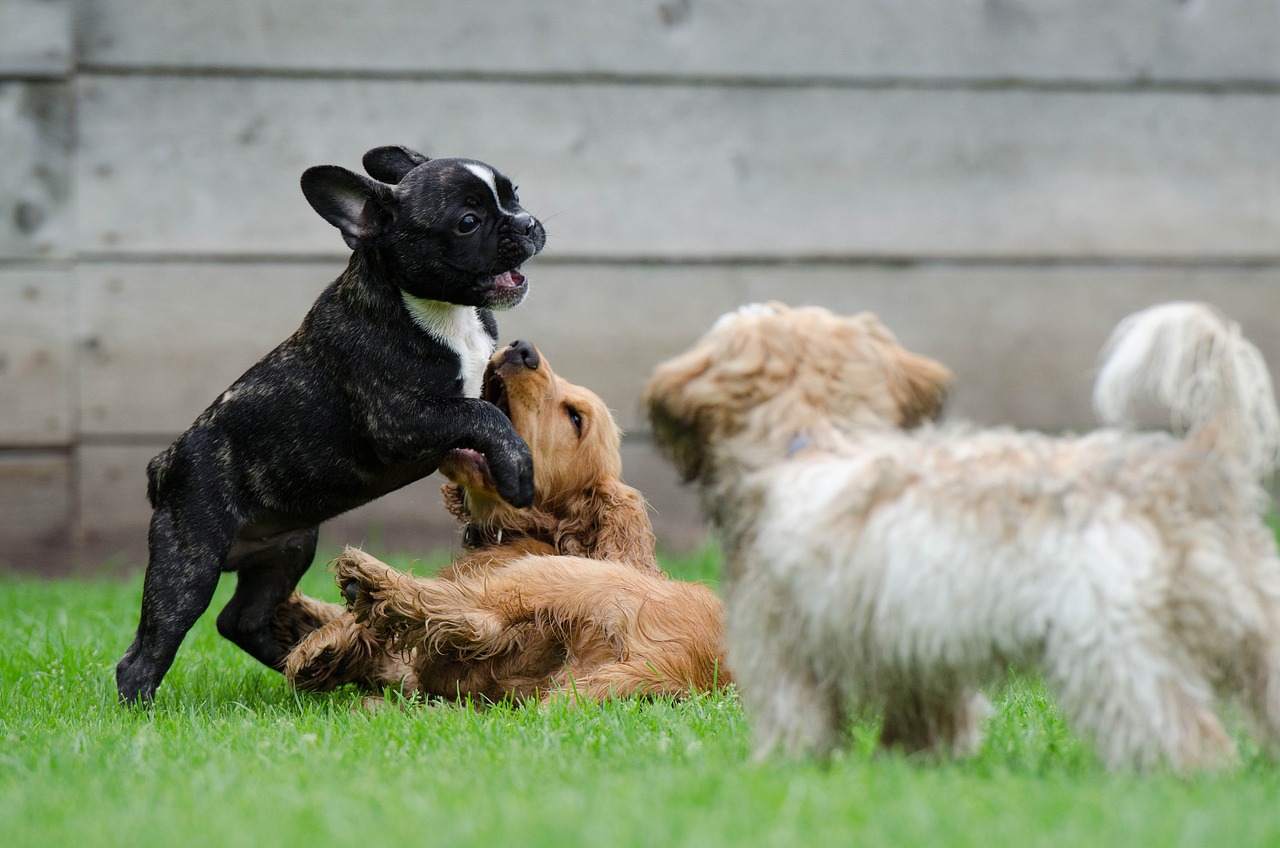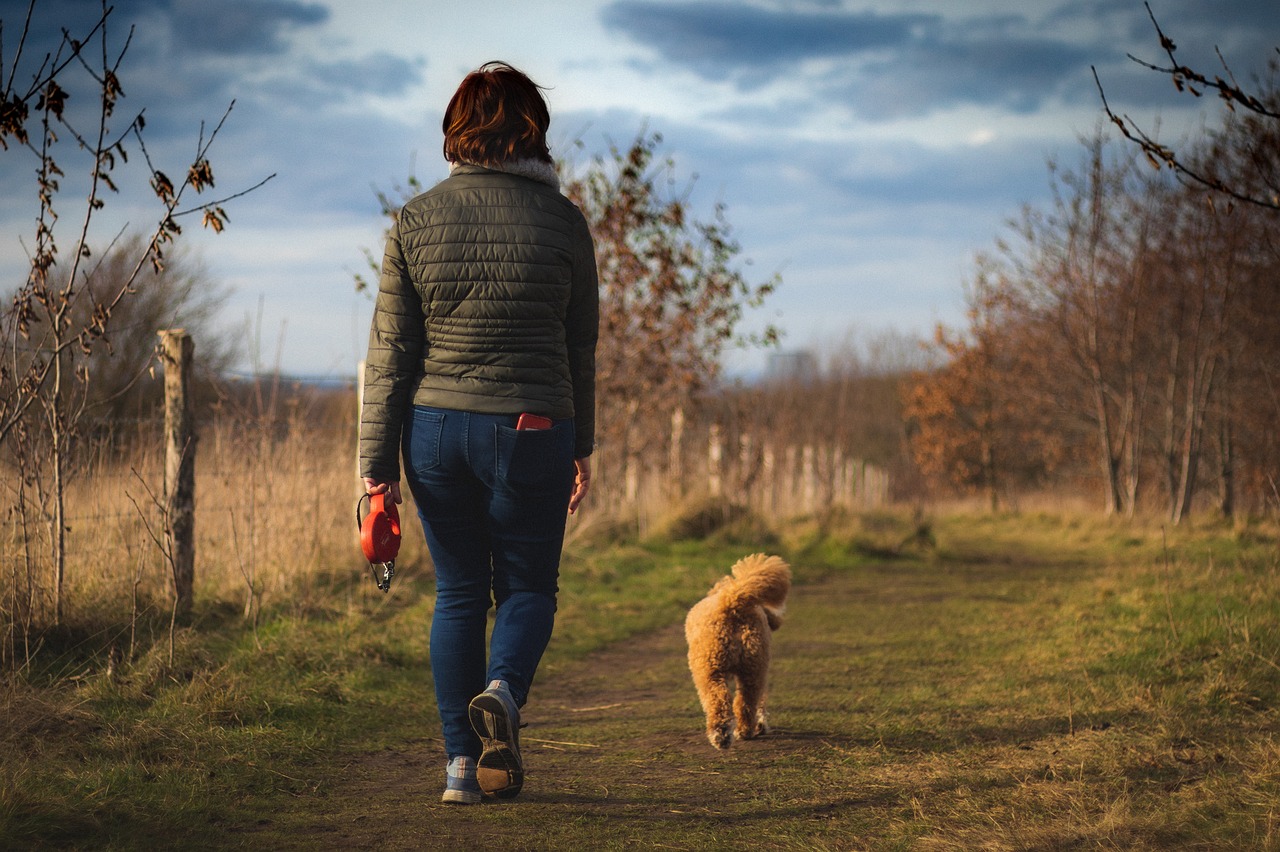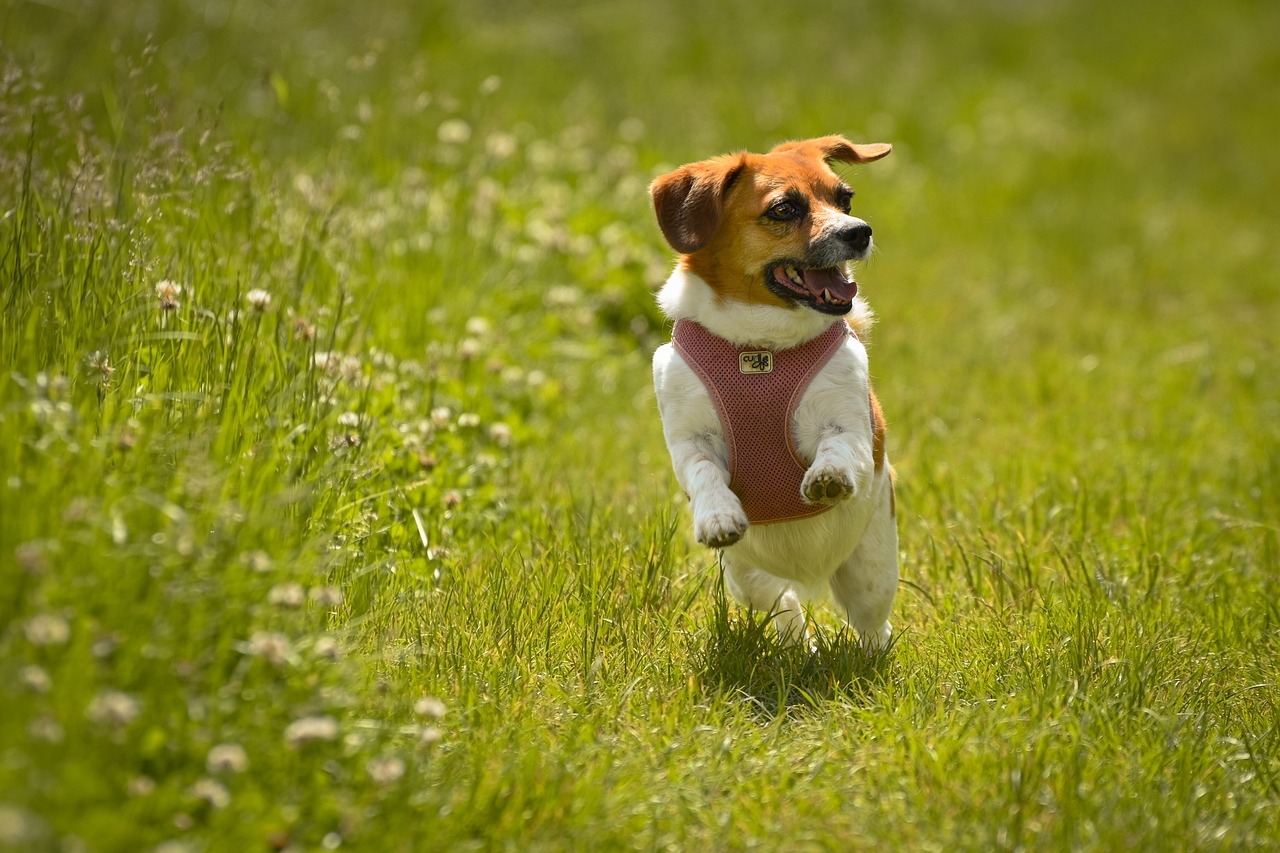
Introduce a new family pet to the dog you already have. You will be filled with excitement and nervousness.
To make sure the transition is smooth, plan every step. From the dog’s first encounter to how you will keep peace during the first couple of months.
You can ensure a lasting friendship with your dog by having a clear plan.
How to introduce a new dog to your current pet
You can help your dogs make the best first impression by knowing how to properly introduce them. Use these steps to introduce dogs.
1. Use a neutral place to make introductions
Find a space that is neutral and fully enclosed outdoors. This should be an area neither dog “claims” by frequent walks or visits. It should be a quiet space with no dogs or other people. For example, a backyard belonging to a friend without pets or an empty park in the evenings when nobody is around.
If this is not possible, the second best choice is a large outdoor area where the dogs can roam freely on a leash while they are getting to know each other. Choose a spacious garage or basement if outdoor space is not available.
Remove anything that could cause an argument, such as dog toys, bone, or empty bowls. Take into consideration everything including items that do not seem to be of interest to your dog. Your dog’s new interest could make an old bone valuable.
2. Look for positive dog body language
You’ll also need someone who understands the body language of dogs, to assist you.
Look for dogs with happy and waggy bodies, showing interest, without stiff postures or hard stares.
Watch for the signs of a dog trying to escape. These are easily missed or misinterpreted. Don’t “throw” your dog back into the fire if it runs up to you. This is usually a sign that they need a rest from their interaction.
You can ask a dog trainer to help you if you are not sure what the behavior of your dogs means or if you don’t feel comfortable.
3. Walk the dogs together

The next step after introducing the new dog is to walk both dogs in parallel. The dogs should be separated enough to know each other but not too far apart so that they are fixated on reaching one another.
Walking both dogs together in the same general direction, with a distance buffer between them is a good idea (although this will depend on which dog you are using). Turn back to the opposite dog-human pair and swap places so each dog can smell where the other one walked.
Urine-sniffing dogs is a way they can learn about their neighbors. Keep your grip as loose as you can on the leash.
As long as both dogs continue to walk in parallel, you can gradually reduce the distance. As the dogs approach, avoid allowing a face-to-face encounter. This is stressful for both dogs and not natural.
4. Let the dogs interact off-leash
When you are comfortable with the way the dogs interact, go to a fenced area and let them play. Praise the calm interaction between the dogs and allow them to smell each other for a couple of minutes. Encourage the dogs to walk with you on a short, final walk.
The dogs may continue to sniff each other in order to get to know one another better or begin playing. You can find the universal invitation for dogs to interact: the play bow, where the dog puts their rear ends in the air and the elbows down on the floor.
Watch for signs of respect as the dogs interact: mutual giving and taking with breaks in the action.
Introduce a new dog to your home
Introduce your dog into your house after you have introduced your dog to the resident dog.
You should let a friend take the resident dog on a walk instead of immediately bringing them both inside. Give your new puppy a chance alone to explore his new home.
Watch your dog while he explores. Bring him away from your front door to an area that is open. In a crowded space, people may jostle for a position or get into scuffles.
Pick up all dog food, toys, bedding, prizes, and other items that may cause tension. You can then have your assistant bring in your resident dog.
Everyday Life after Introducing a Dog

Keep your family calm while the dogs get used to each other. Do not throw a party to welcome your family on the day you arrive.
Try to maintain your dog’s usual daily routine and spend some time alone with each one, such as going on solo walks.
Be on the lookout for signs that tension is building between dogs. These include low growlings, stares, and blocking. You should act immediately if you see any of these signals.
Separate them and redirect their attention elsewhere. Allow them at least 20-30 minutes to be apart before they can engage with each other again.
These are some other important tips to keep the peace when introducing pets:
Monitor Mealtimes
Separate your resident dog from the new one during meals. Use a dog fence to keep them apart or separate their food bowls.
You should not allow the dog to hover over another dog while he eats. You should separate them until they have both licked the bowls. This will prevent any tension. After feeding, always pick up their bowls.
Every dog should have their own bed
Be aware that some dogs can be possessive about their sleeping spaces. Make sure you and your dog are both acting in a respectful manner around the bed. It’s best to buy a new bed even if the bed can be shared by both dogs.
Slowly introduce toys
After the initial introduction, introduce toys slowly back in the home rather than pulling out the whole toy chest at once. Supervise your dog when they try out new toys.
Watch for signs of playful interaction without any sign of aggression, such as standing on the toy and snapping if the dog gets too near.
How to Separate Dogs While You Are Away
The process of getting to know you involves some alone time. Separate your dogs whenever you are not able to watch them. It’s a great way to keep them both safe and give them some time apart.
It is best to separate the children when there is no one home and supervise them all together. It will make everyone safer and the interactions between them more positive.
Create Playtime Breaks
Most dogs do not know when to use the word “when”, especially if you’re enjoying a fun time with them.
When dogs become overtired, their non-stop playing can turn into unruly behavior. Give your dogs some time apart from each other to allow them to rest and relax.
Separate each dog, either in a different room or with a gate. Just like us, dogs need a little time away from the rest of their household.
Be Patient
Be patient as your dogs get used to being siblings. It may take months for them to become comfortable with each other.
Enjoy the friendship that develops between you and your dog by recognizing positive interactions.